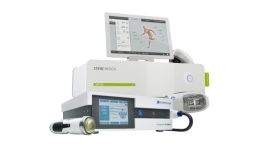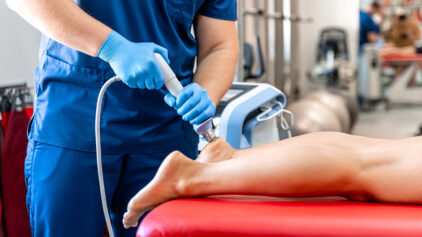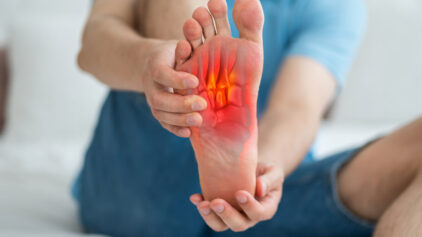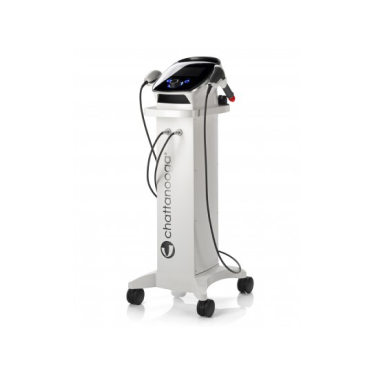As spring flourishes, athletes across various sports return to fields, tracks, and courts with renewed vigor. Spring sports, including track and field, baseball, tennis, lacrosse, and soccer, place unique physical demands on participants, often following months of relative inactivity. This seasonal transition period commonly results in overuse injuries like tendinopathies, stress fractures, and muscle strains, injuries that healthcare providers must address quickly and effectively to keep their athlete patients performing at their best.
Spring Sports and the Need for Fast Recovery Solutions
For competitive athletes, the compressed schedule of the spring season leaves little room for extended recovery. Once the season begins, athletes must go, go, go! Research shows that rapid and effective healing is essential not only for returning to play but for preventing the cascade of compensatory injuries that often follow. Traditional recovery methods, such as rest, ice, and anti-inflammatories, may not address underlying tissue damage quickly enough for athletes facing tight competitive schedules.
The latest innovation, portable shockwave therapy offers healthcare practices a revolutionary tool to deliver clinical-grade recovery technology directly to athlete patients. These compact machines provide a fast, effective, and easy-to-use solution to accelerate healing and support peak athletic performance throughout the demanding spring season.
Understanding Portable Shockwave Therapy Machines
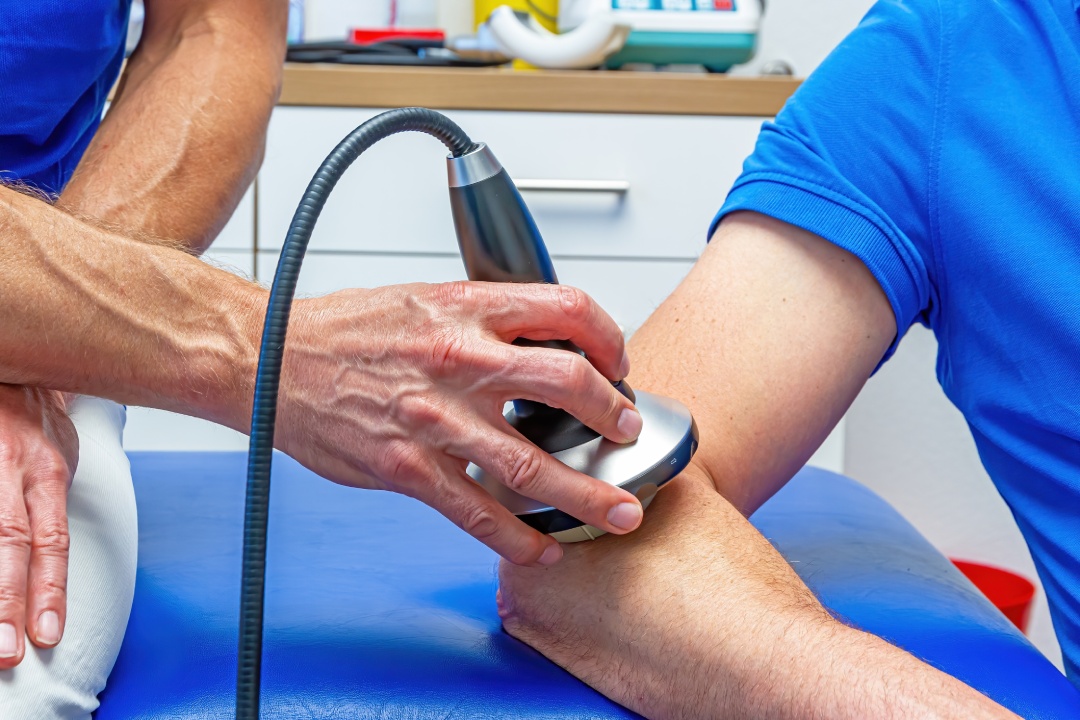
Portable shockwave therapy machines are compact, lightweight devices that use high-energy acoustic waves to treat musculoskeletal injuries. They are designed to improve blood circulation, accelerate tissue regeneration, and relieve pain without the need for surgery or pharmaceuticals. Their portable design makes them ideal for use in clinics, sports facilities, mobile health units, and at-home rehabilitation programs coordinated by healthcare professionals.
Portable shockwave devices were initially developed to disintegrate kidney stones using focused sound waves, a treatment known as lithotripsy. Shockwave therapy has since evolved into a transformative treatment for chronic pain and soft tissue injuries in orthopedics, physiotherapy, and sports medicine. Today, they offer one of the most promising methods for healthcare providers seeking to rapidly and effectively treat athletic injuries.
How They Work: The Scientific Mechanism
Shockwave therapy works by creating mechanical pressure waves that cause controlled microtrauma to the tissue. This controlled damage triggers the body’s natural healing response. Scientifically, the effects include:
- Increased blood flow – Enhances oxygen and nutrient delivery to the injured site.
- Cell regeneration – Stimulates the production of collagen and new, healthy tissue.
- Pain reduction – Interrupts nerve signal transmission and stimulates endorphin release.
- Neovascularization – Promotes the formation of new blood vessels to nourish healing tissue.
- Breakdown of scar tissue – Disrupts fibrous adhesions and calcifications in soft tissue.
- Reduced inflammation – Modulates the inflammatory response to aid faster recovery.
These biological responses have been confirmed in numerous clinical studies and reviews, providing healthcare practices with confidence in the therapy’s effectiveness.
Application of a Shockwave Therapy Machine
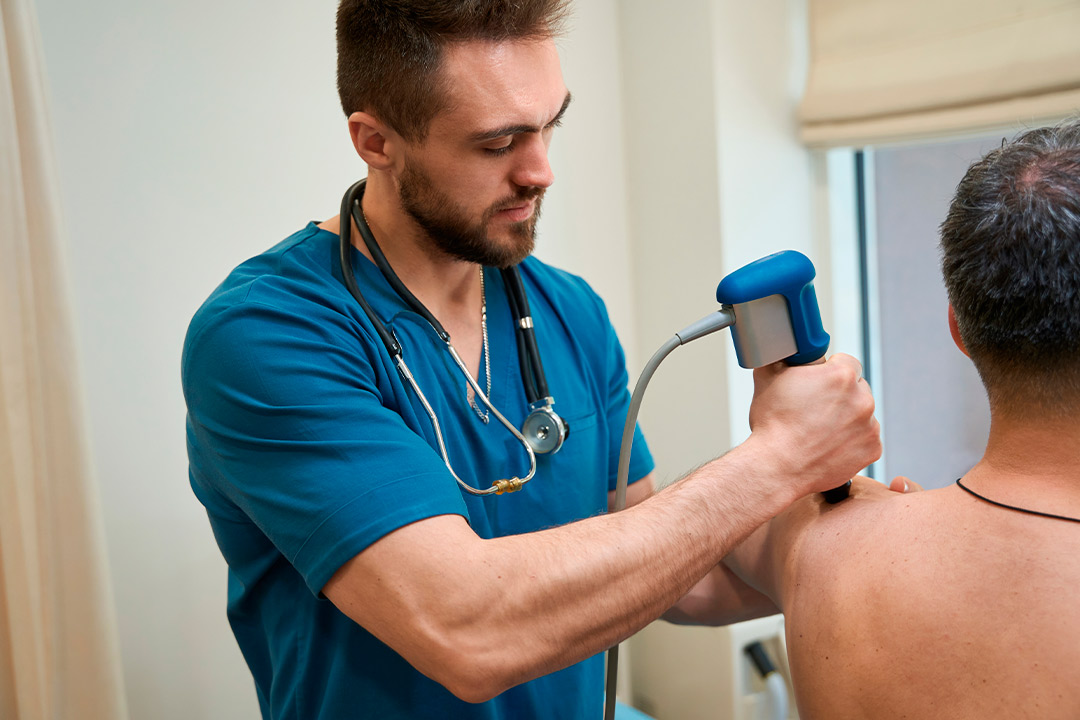
In a typical session, a clinician applies a handheld device to the injured area. This device sends a series of mechanical pulses, or shockwaves, through the skin and into the underlying tissues. Each session typically lasts between 5 and 15 minutes, and multiple sessions may be required depending on the severity of the injury. The treatment is non-invasive, requires no anesthesia, and allows patients to resume normal activities shortly after. Treatments are easy to administer and fit naturally into a healthcare provider’s workflow, making shockwave therapy an ideal addition to sports medicine and rehabilitation programs.
Features of Modern Portable Units
Modern portable shockwave therapy machines combine the benefits of compact design with cutting-edge functionality, making them essential tools for physiotherapists, sports medicine specialists, and rehabilitation professionals. Despite their size, these devices offer advanced features that allow precise customization of therapy sessions to meet a wide range of musculoskeletal needs.
The flexibility of these units comes from their ability to deliver tailored treatments using adjustable energy levels, variable frequency ranges, and interchangeable applicator heads. This ensures consistent and effective results across a variety of common sports injuries seen in healthcare settings.
Key Features:
| Feature | Description |
| Energy Settings | Most modern devices offer adjustable energy output, usually in the range of 10 to 190 millijoules (mJ). This flexibility allows for both low-intensity and high-intensity treatments, depending on the condition being addressed. |
| Frequency Range | Devices can deliver pulses at frequencies ranging from 1 to 22 Hz. Lower frequencies are typically used for chronic issues, while higher frequencies may be applied in acute cases or when targeting broader areas. |
| Applicator Heads | Multiple interchangeable heads enable practitioners to effectively treat different anatomical regions—for example, flat heads for large muscles and focused heads for small joints or tendon insertions. |
These features not only enhance the therapeutic outcome but also make the machines more adaptable for various clinical settings and patient populations.
Portable Shockwave Therapy Guide for Spring Athletes
Using portable shockwave therapy effectively requires proper technique and understanding. Before beginning, ensure you have consulted with a healthcare professional to confirm it is appropriate for your specific condition.
Safe Operation Steps
- Apply coupling gel to the treatment area for better acoustic wave transmission.
- Hold the applicator head perpendicular to the injured area.
- Gradually increase intensity based on comfort level.
- Standard treatment: 2000–3000 pulses per session (15–20 minutes).
- Beginners should use lower energy settings (0.08–0.28 mJ/mm²).
- Recommended frequency range: 10–15 Hz.
Targeting Common Spring Injuries

Runner’s Knee (Patellofemoral Pain):
- Treat beneath and around the kneecap.
- Use low to medium intensity settings.
Shin Splints:
- Apply along the inner edge of the tibia.
- Gradually increase intensity for best results.
Hamstring Strain (frequent in soccer and track):
- Treat along the belly of the muscle and the tendon junctions.
- Combine with gentle stretching for recovery.
Ankle Sprains (common in basketball and outdoor training):
- Use a localized application around ligaments.
- Avoid direct treatment on acute swelling; wait 48–72 hours.
Tennis Elbow / Shoulder Tendinopathy:
- Focus on the tendon insertion points.
- Recommend 3–4 sessions, spaced 5–7 days apart.
Plantar Fasciitis (common in track & field):
- Target the heel and arch of the foot.
Integration Into Training
Schedule shockwave therapy 2-3 days before intense competition to allow for recovery and benefit from increased blood flow. For maintenance, incorporate 1-2 weekly sessions during peak training periods. Combine with proper warm-up, stretching, and strength training for optimal results.
The portable nature of these devices makes them ideal for treating emerging issues immediately after practice, potentially preventing minor injuries from developing into season-ending problems.
Choosing and Maximizing Your Portable Shockwave Therapy Experience
When selecting a portable shockwave therapy device, consider:
- Technical specifications
- Practical features
- Adjustable energy levels (ideally between 10- 190 mJ)
- Variable frequency settings (1-22 Hz) to treat different conditions effectively
- Make sure the device has FDA clearance or equivalent safety certifications
To maximize the benefits of recovery, integrate shockwave therapy with complementary approaches.
- Combine sessions with targeted flexibility work
- Proper hydration for enhanced tissue healing
- The support of a medical professional
Discover the transformative power of portable shockwave therapy with Shockwave Source. Our advanced, non-invasive treatment utilizes high-energy acoustic waves to promote healing, reduce pain, and enhance musculoskeletal health, making it ideal for athletes and active individuals. Visit our website and learn more about our innovative treatment options and how they can benefit you.


